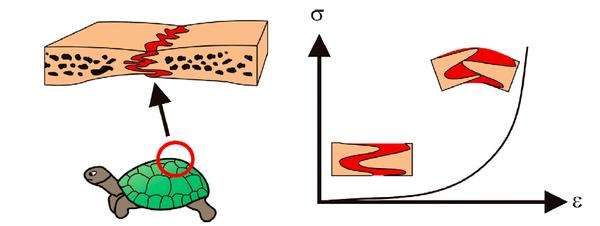1. Costa Rica’s Turtles Aren’t the Only Threatened Turtles!
In the past few decades scientists have continued to study the deep sea to get a better understanding of water movement and species that live at the extreme depths of the ocean. What the have also learnt is that life still flourishes below the planet’s crust! A team lead by Julie Huber, a scientist from the Josephine Bay Paul Center Marine Biological Laboratory, published a paper with a new understanding of the microbial community buried in the cold ocean crust of the North Pond. According to Huber, ” in many cases, we found the same general group [of bacteria] in the aquifer and in bottom seawater, but different species within that group”. This is the first paper to describe the subseafloor microbial community in a cold crust aquifer site. Read more…
No, this isn’t a whale shark or some rare whale species but, these small fish are extremely important to the food chain! This week, the National Oceanic and Atmospheric Administration has supported the new fishing bans on the Pacific Ocean’s littlest fish. The move bans fishing of eight kinds of small fish and invetebrates including round herring, Pacific sand lance, and silversides. These forage fish are critical food for birds, mammals, and large fish and their population size has a direct impact on the ocean’s food system. Read more…

There really is SO much that we can learn from our oceans and its inhabitants. I can’t say that I personally expected this story but, get ready to hit the slopes like a turtle!
Researchers at Ecole Polytechnique Federale de Lausanne, the Institute for Snow and Avalanche Research in Davos, and the Swiss ski manufacturer Stockli developed skis to withstand high levels of pressure in turns which still having the ability to maneuver. The skis are easy to maneuver while entering and exiting turns but stiffen up in the middle of turns to improve grip. This design was inspired by the turtle shell. The scales in the turtle shell are connected by a polymer that allows for the shell to become flexible when the turtle breaths but tighten and stiffen when an external shock occurs. Read more…
5. Millions Projected to be at Risk from Sea-Level Rise in the US
![Cumulative projected populations at risk of SLR under the 0.9[thinsp]m scenario by 2100 for US counties.](http://www.nature.com/nclimate/journal/vaop/ncurrent/carousel/nclimate2961-f3.jpg)
International communities and governments have been working to avoid significant sea level increases and climate change. The prediction is that by the end of the century, sea levels could rise 3 feet. According to a recent study published in Nature Climate Change, this could displace over 4 million US residents. Read more… Business Insider also released a video describing the impact of sea level rise by state. See that extremely informative video here…
Be sure to “LIKE” http://facebook.com/SeaSave to ensure our “Week in Review” is delivered to your newsfeed every Friday.




